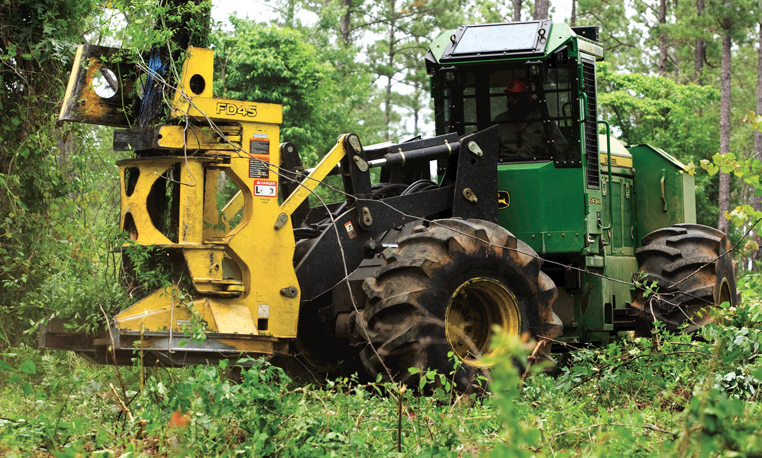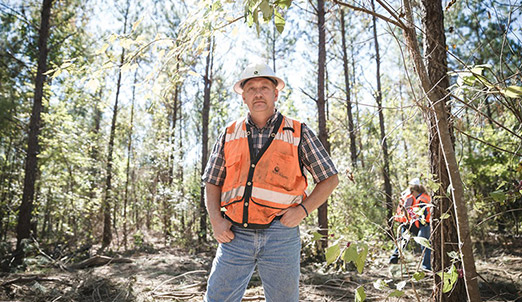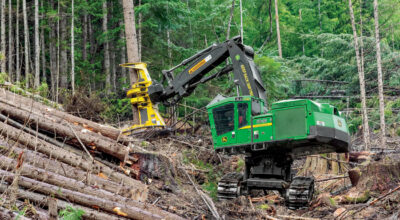John Deere provides the widest range of harvesting and processing heads in the industry, giving customers access to reliable Waratah products. While these incorporate superior grab-arm strength, power-to-weight ratios, and traction-synchronized drives, harvesting head and processing head maintenance is extremely important in preserving the products.

Although these products are designed with durable and long-lasting material for heavy lifting, like any other piece of John Deere machinery, they still need to be properly cared for. For this reason, we’ve put together a list of a few helpful tips to consider when tending to a harvesting head.
Let’s check out some key tasks for owners and operators to complete! Note: The following should be applied for every eight hours a harvesting head or processing head runs.
Don’t Exceed RPM Specs
You’ll want to make sure that the operator of your machine never exceeds RPM specs. This precaution is important to take for a few reasons. Exceeding RPM specs will cause extra wear on rivets, which sets off a chain reaction (quite literally). The chain could experience increased stretching, decreased tension and accelerated rivet wear.
Understand Conditions
Although hi-tack, no sling bar and chain oils are suitable in “normal” situations, they can actually be damaging when operating in sandy soils. This destruction occurs from quicker chain wear. For this reason, it is especially important to use regular motor oil during sandy conditions.
Rotate Cutting Bar
You should remember to rotate the cutting bar regularly. It is easier to clean out the slash and other materials that have accumulated in the rail and lubrication holes by simply removing the cutting bar during chain replacement. Also, you can alternate the bar during each cleaning to smooth the amount of wear on the rails and maximize how long the bar will last. This is guaranteed to make life a whole lot easier.
Find Leak Origin Point
Leaks are something that every owner and operator dreads dealing with, but they need to be dealt with immediately. If fixing a leak is pushed off, it will spread quickly and hydraulic oil will eventually ooze into the machine’s electrical components. To avoid an even bigger headache, leaks need to be dealt with as soon as they are found.

Tighten Bolts & Spacer Washers
You should train operators to regularly check the harvesting head for any loose bolts or nylon bushing connections (aka: spacer washers). These can be found between delimb arms and the head frame.
Preheat Arm & Knife Inserts
In order to avoid equipment breakage during the welding process, you should always preheat delimb arms and knife-replacement inserts before installing them. What’s that old saying? “It’s better to be safe than sorry!”
Keep Grease Fittings On Deck
Your harvesting head or processing head has, on average, between 40 to 45 grease points. This makes it especially important to have extra grease fittings available. We advise to always keep extra grease fittings on deck!
Check Measurement & Recalibrate Linkages
Last but not least, the diameter measurement device, length encoder and length measurement should be checked regularly to determine accuracy. These may need to be recalibrated on a monthly basis.

Whether loggers are processing decked wood, tree-length felling, or cut-to-length applications, proper harvesting head or processing head maintenance can make all the difference. Hopefully, the following has helped your efforts to teach operators the right way to take care of harvesting and processing heads.
We hope you enjoy more efficiency and productivity because of this! Feel free to comment with any tips you think should have been included. If you enjoyed this post or want to read others, feel free to connect with us on Facebook or check out more videos on our YouTube channel!


